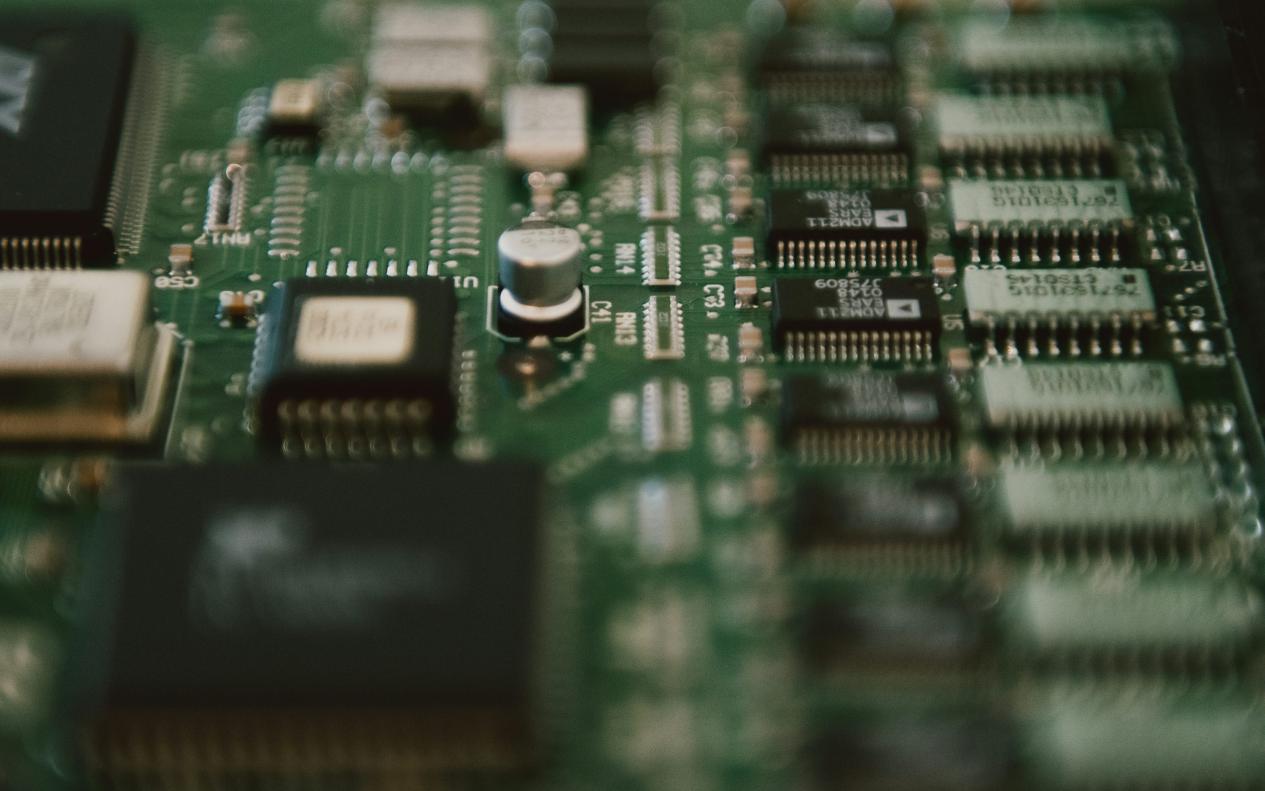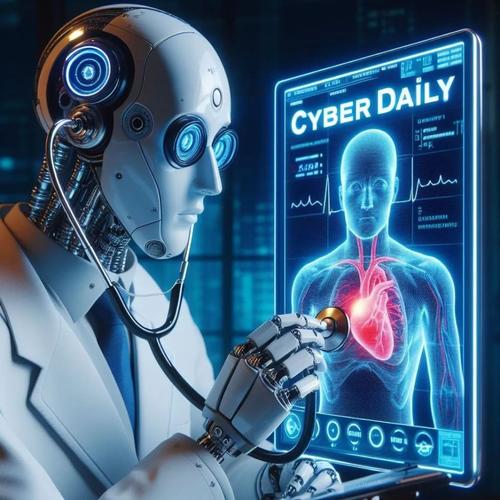Life Code: Biomimetic Chips Reconstruct the Future of Medicine

In the field of global public health, differences in vaccine efficacy reveal deep-seated scientific research dilemmas. A multinational research team has found that there is a significant difference in the protective efficiency of preventive agents for specific infectious diseases among populations in different regions. Behind this medical phenomenon lies the limitation of traditional research and development models in terms of sample diversity - medical solutions developed based on limited population data are difficult to adapt to complex human genetic maps.
In this medical battle, breakthrough solutions are emerging in the field of biotechnology. The biomimetic organ model developed by a certain university has attracted attention. This palm sized transparent device is embedded with a precision microchannel system and carries a three-dimensional life network constructed from living human tissue. By simulating physiological activities such as cardiopulmonary circulation and intestinal peristalsis, these miniature life systems are rewriting the fundamental paradigm of drug development.
Traditional biological experimental models have long faced transformation bottlenecks. Industry reports show that there is a significant clinical gap in drug development relying on animal testing, with nearly 90% of compounds that pass initial validation ultimately failing human trials. This costly research and development dilemma has given rise to an urgent need for alternative research technologies. The liver kidney biomimetic system developed by a certain biotechnology enterprise has successfully improved the accuracy of drug metabolism prediction by 40%, opening up a new path for drug efficacy evaluation.
In the technological evolution of medical chips, researchers have broken through multiple key nodes. The cell co culture system pioneered by early researchers achieved multi organ linkage simulation for the first time. After 20 years of iteration, modern devices have been able to accurately reproduce complex physiological mechanisms such as blood tissue barriers and neurotransmitter transmission. These technological advancements enable researchers to observe the dynamic interaction between drugs and human tissues at the microscale.

Currently, medical chips are demonstrating multidimensional application value. A respiratory system model has successfully revealed the molecular mechanism of pollutant pathogenesis, providing a new tool for environmental medicine research. In the field of personalized medicine, tumor chips customized based on patient cells enable doctors to test the effectiveness of chemotherapy regimens in advance. More noteworthy is that these devices are changing the landscape of rare disease research - a team using muscle tissue chips can complete drug screening for a certain genetic disease in just three months, while traditional methods typically take two years.
From tropical disease research to space medicine exploration, bionic organ technology is expanding the boundaries of human cognition. The microgravity life system developed by a certain space agency successfully simulated the process of astronaut bone loss. Environmental organizations use marine biochips to assess the deep impact of pollutants on the ecological chain. These cross disciplinary applications indicate that medical technology is evolving from treating diseases to fully understanding life.

When precision engineering is deeply integrated with life sciences, we are witnessing a fundamental shift in the paradigm of medical research. These artificial systems that carry human organizations are not only tools for innovation in the laboratory, but also new keys to unlocking the mysteries of life. On the journey of overcoming disease differentiation, bionic chip technology may become an important turning point in achieving medical equity, building a more inclusive health defense line for all mankind.
(Writer:Juliy)





